
Vil noen huske oss i 2114? Og betyr det egentlig noe for oss? Det er spørsmål man kan komme til å fundere over, konfrontert med den unge skotske kunstneren Katie Patersons Future Library, som gradvis skal vokse frem i Oslo de neste hundre årene.
Prosjektet, som inngår i Slow Space-programmet for kunst i offentlige rom, produsert av Situations på oppdrag av Bjørvika utvikling, er Patersons respons på den pågående byggevirksomheten i Bjørvika i Oslo, og består dels av planting av skog, dels av et fremvoksende litterært arkiv: Tusen trær er nå plantet i Nordmarka, og om hundre år skal disse trærne felles for å bli til papir til en bokantologi som påbegynnes i år, men som det først vil bli mulig å lese i 2114.
Hvert år de neste hundre årene skal en forfatter få i oppdrag å bidra med en tekst til antologien, som inntil den skal trykkes i 2114 vil bestå av en voksende samling upubliserte og uleste manuskripter, som skal oppbevares i et spesialdesignet rom i det kommende nybygget til Deichmanske bibliotek i Bjørvika.
Forfatterne som skal delta vil bli valgt ut av forvalterne av prosjektet, Future Library Trust, som ved oppstart består av Katie Paterson selv, Ion Trewin, litterær direktør for Booker-prisen, Simon Prosser, forlagsdirektør i Hamish Hamilton, Liv Sæteren, tidligere biblioteksjef for Deichmanske bibliotek, Håkon Harket, forlagssjef i Forlaget Press, Ingeri Engelstad, sjefredaktør i Forlaget Oktober, Claire Doherty, direktør for Situations og Anne Beate Hovind, Bjørvika Utviklings prosjektleder for Slow Space-programmet.
Hvem som blir første bidragsyter til antologien offentliggjøres i september i år, og overleveringen av det første manuskriptet vil bli markert med en seremoni i 2015.

Paterson har dessuten laget et kunstverk i begrenset opplag; et kjøpsbevis som gir eieren rett til et «komplett sett av tekstene trykket på papir utvunnet av trærne når de er fullt utvokst og felt i 2114». Dette verket skal vises på Patersons første separatutstilling i Skottland i sommer, på Ingleby Gallery i Edinburgh.
Kunstkritikk tok kontakt med Paterson for å få henne til å få henne til å fortelle mer om prosjektet. Vi gjengir intervjuet her i engelsk original.
“Om hundrede år er alting glemt” (“A hundred years from now, everything is forgotten”) is the title of a poem by Knut Hamsun, and this sentence is also something of a proverb. But in relation to the Future Library project, one could rather say that “a hundred years from now everything will be revealed”. How does it feel to start an art project when it is literally impossible for you to see it fully accomplished?
When I had the idea for Future Library, I knew instantly it would outlive me (and most of us alive today). It is important that I do not see it fully realised, it’s a work conceived for an unknown, future generation. However, it will unfold over this generation and the next, and remarkably, I will spend my whole life crafting this artwork. I don’t think this has settled in yet. I feel very privileged, and excited about the possibilities of what might happen over the decades to come.
Every decision I make now regarding the artwork (such as the design of the library room) I have to think in 100-year timespans. How will this room be looked at and experienced in 100 years? How will the materials react over the decades to come? What languages will people be speaking in 100 years? What kind of technologies will exist? What will the status of the printed book be, the written word? While my work has often dealt with very long timescales (the billions of years light has travelled from an exploding star, the million-year-ages of ancient fossils), somehow 100 years is the most confronting timescale. It is beyond many of our current lifespans, but close enough comprehend and relativize.
This project does in a way challenge our contemporary, consumerist tendency to have a short time-perspective on everything. Do you see it as a critical project?

The idea to grow the trees to print the books arose for me initially through making a connection with tree rings – to chapters, the material nature of paper, pulp, words, books – and imagining the writer’s thoughts infusing themselves, “becoming” the trees. Almost as if the trees absorb the writer’s words like air or water, and the tree rings become chapters, spaced out over the years to come. Future Library is not a directly environmental or critical statement, but involves ecology, the interconnectedness of things – those living now and still to come. It questions the present tendency to think in short bursts of time, making decisions only for us living now.
The Future Library Trust will of course have to be renewed during the project’s hundred-years span. How will the new members of the group be appointed?
In Norwegian Law regarding Trusts each Trustee’s term is 4 years. The members of the Trust will suggest and invite the next Trustees. I have the option to be on the Trust “for as long as I live” and intend to be! We cannot predict who might be on the Trust in 99 years’ time – those in the group then have not yet been born. The artwork relies on the Trust on a number of levels. The paramount objective of the Future Library Trust is compassionately sustaining Future Library for its 100-year duration.
What kind of writers do you plan to include in the Future Library? By which criteria will they be chosen?
We are commissioning a new, original piece for Future Library by each of the 100 authors. They are being selected for their outstanding contributions to literature or poetry and for their work’s ability to capture the imagination of this and future generations. Two key words in our selection process are imagination and time. We are seeking contributions from writers of any age and nationality, with any content, of mixed genres and styles, and in any language. The length of the piece is entirely for the author to decide. We’re going to be storing a printing press in Oslo and holding workshops for the next generation in printing and binding books.

Will the writers get any kind of rules or guidelines for the texts?
The authors will each be invited to take a trip to Oslo, to visit the new library and the forest. They are invited to stay in a cabin in the forest, and they may choose to write their piece there. We request that their piece of writing is submitted within one year of being invited, by manuscript, hardcopy. The Trust will be responsible for ensuring another copy is archived and encrypted. From 2018, the manuscript will be held in a specially designed room in the new Deichmanske Library until the publication in 2114. It is a condition of the invitation that the text is not published or circulated in any other form until after the publication in 2114. The authors are also invited to attend a special handover event in Oslo, and there will be a series of events and talks focusing on the author’s work programmed in collaboration with the library and the City of Oslo.
If the manuscripts are to be left “unread” until 2114, does that mean that not even the editorial group will read them?
Exactly, no one in the group will read the texts. It will be very tempting, but we are all in agreement that the only people to read the texts will be the author’s editor or proofreader. The title of the written work and the author’s name will be displayed in the library room, but nothing beyond that. Future Library invites an imaginary leap.
One could say that this whole project rests on the assumption – or hope – that things are going quite well in the future. Do you feel optimistic about it?
I want to be, I am hopeful. The choices of this generation will shape the centuries to come, perhaps in an unprecedented way. Inside the forest time stands still – this place could have existed for 1 hundred, 1 thousand, 1 million, or even 100 million years. I take comfort in these natural processes that have unfolded over such enormous expanses of time. Imagining the plethora of living beings that have evolved in its ecosystem. The earth itself has a predicted lifespan of another few billion years, and there are millions of other planets and galaxies. Life in this universe will continue to exist.
Looking back over 100 years, who could have predicted the sea changes that have taken place since 1914? I hope the writings in the Future Library Anthology will contain crystallized moments from this era to the next.

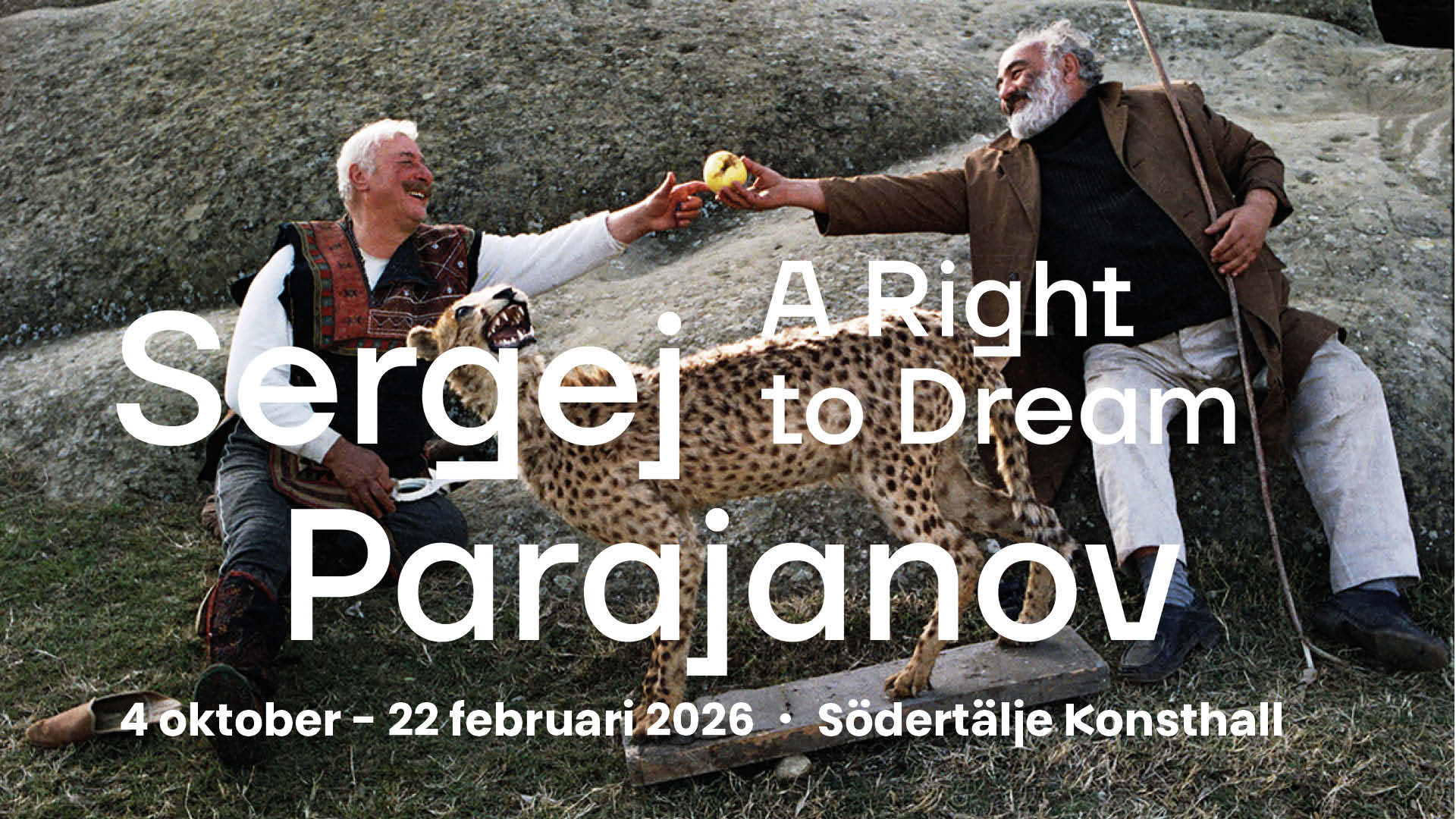
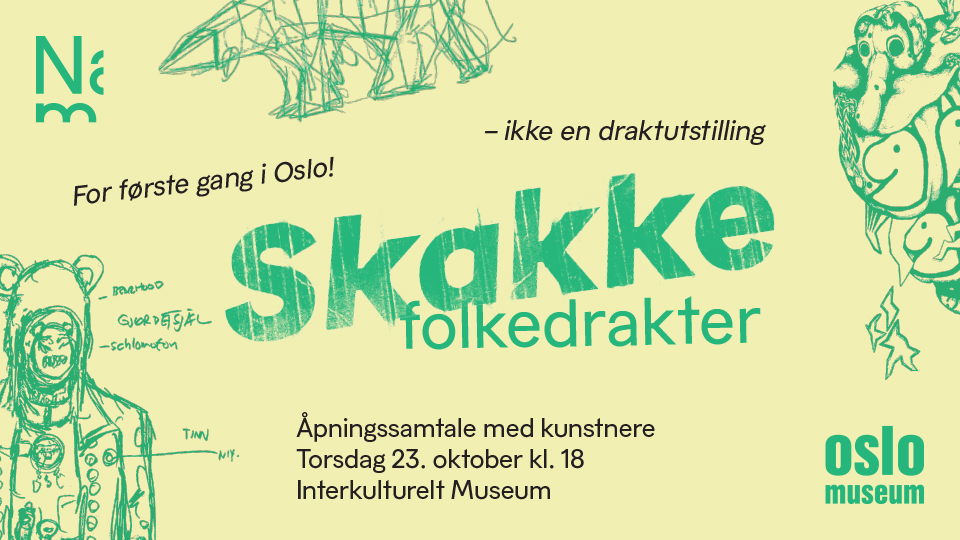
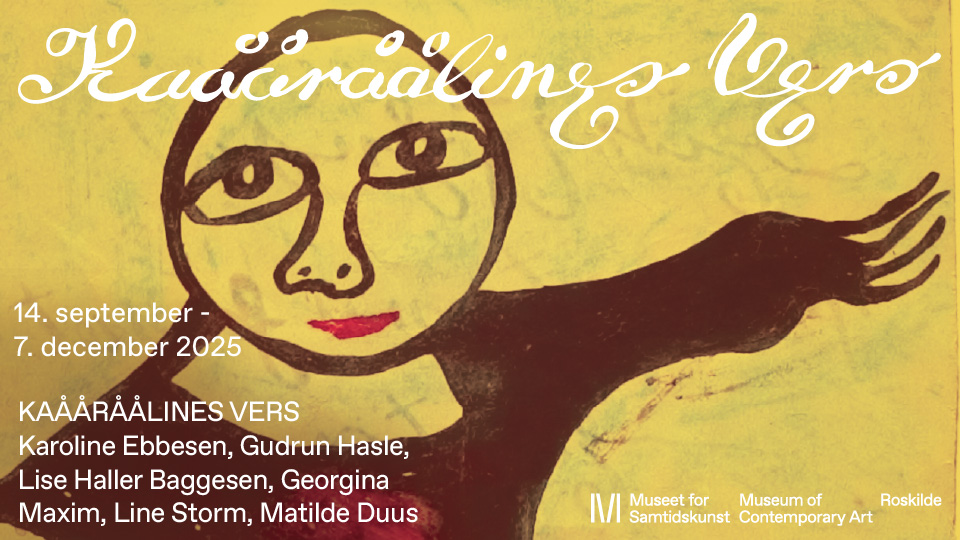
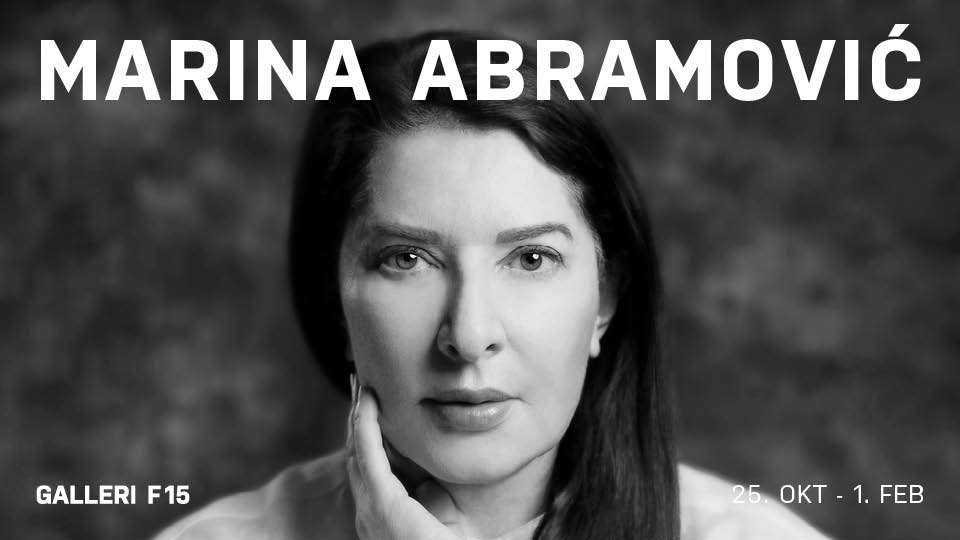
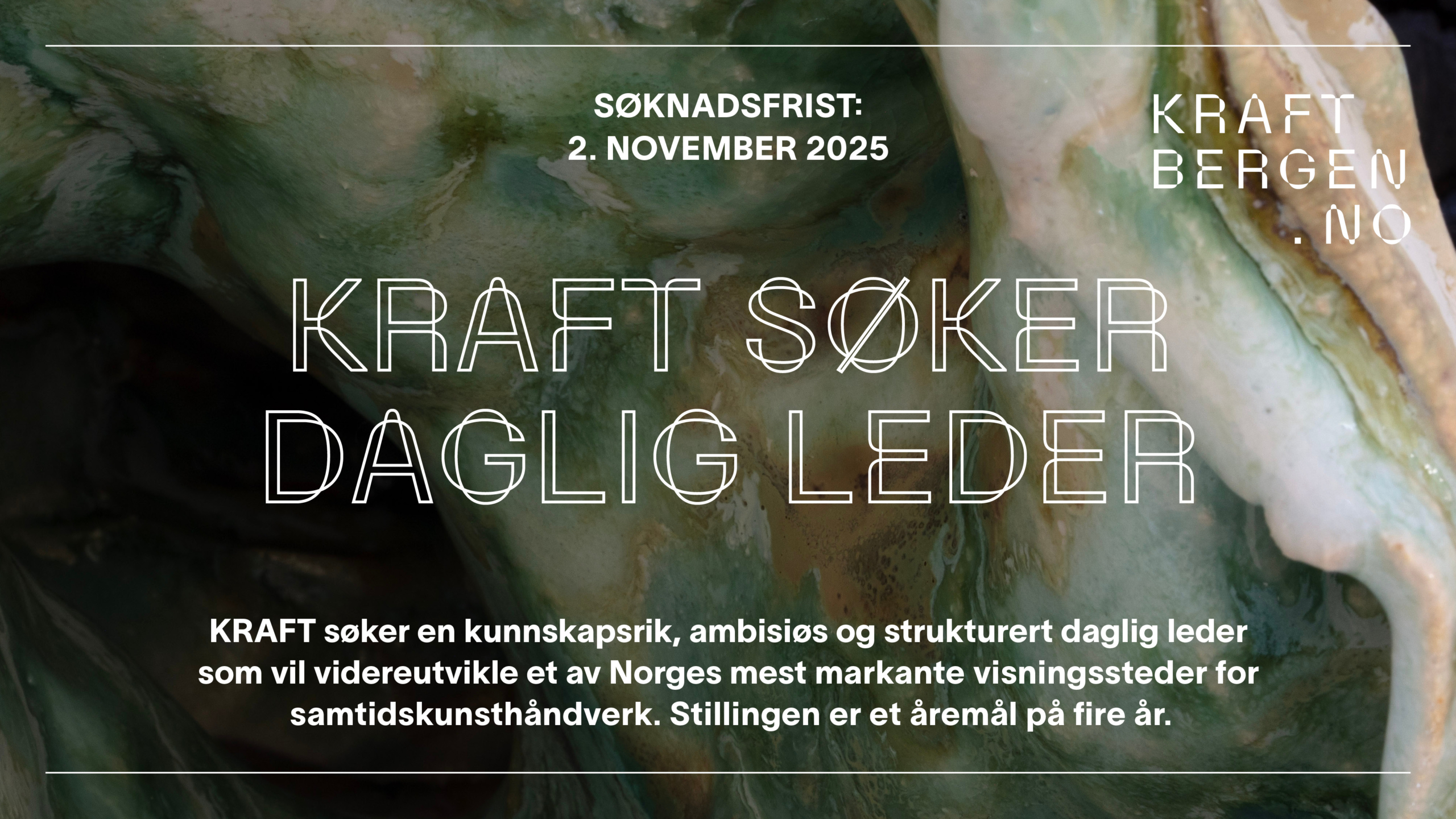
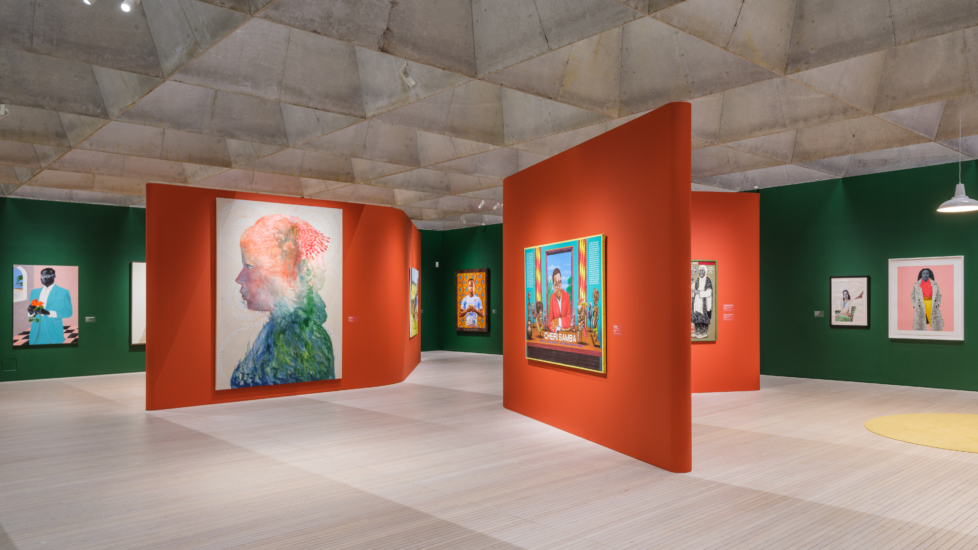
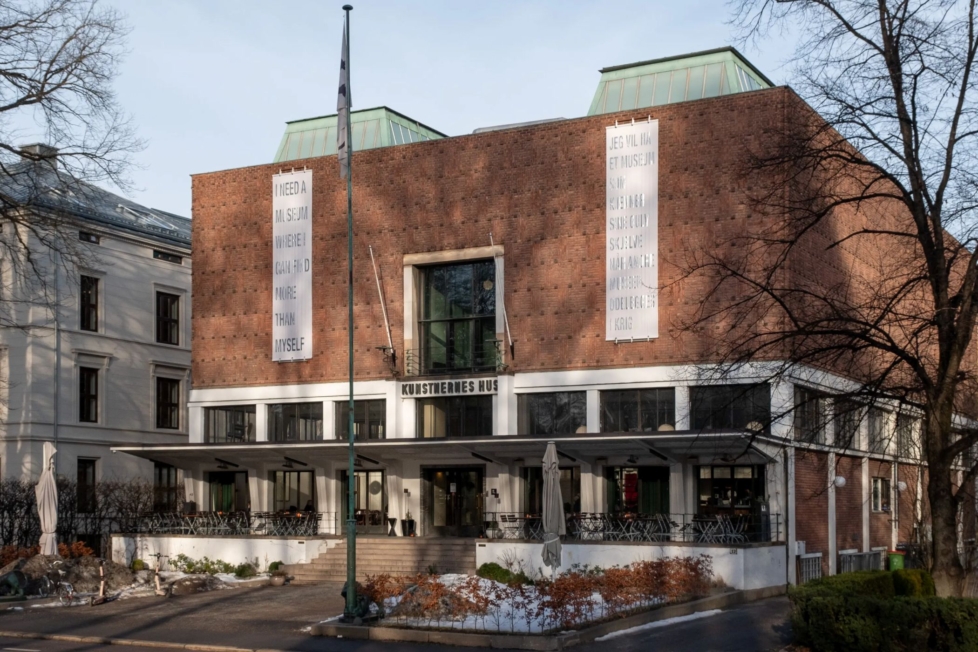
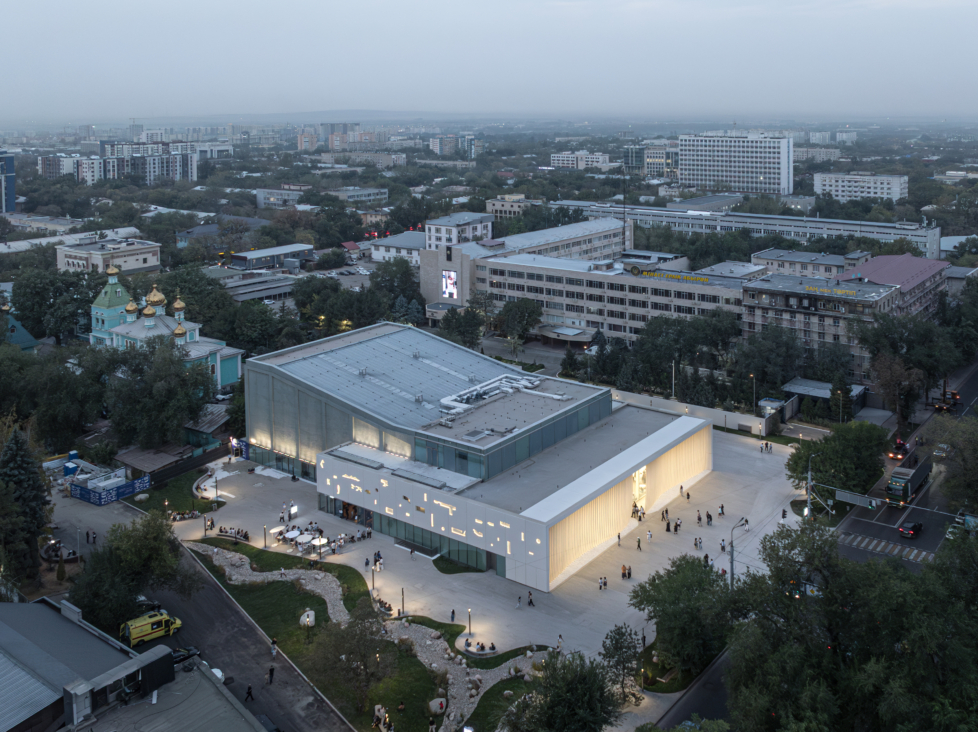
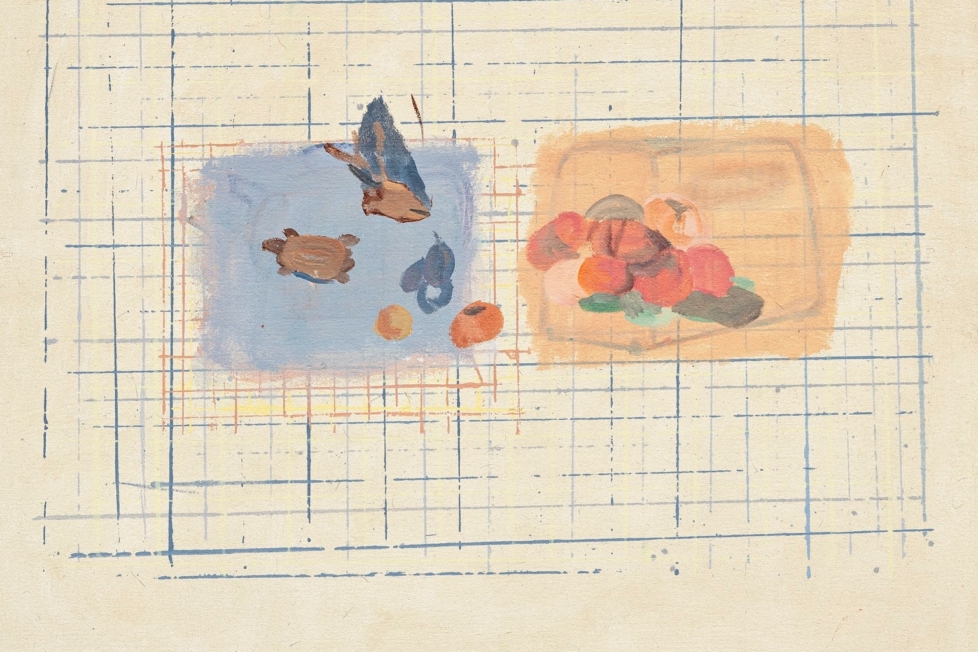
Leserinnlegg